Outrank Competitors: Rank Higher with Listing Optimization on Etsy
About the Client Shop Name: CrystalHealStore Marketplace: Etsy Focus: Bohemian & Ayurvedic-Inspired Fashion Location: Global
Much has changed since the pandemic, including how people buy their groceries. However, the shift in consumer behavior towards online grocery shopping has not been gradual. Many grocery stores opted for quick solutions, including partnering with grocery delivery apps such as Instacart or Peapod to address the uptick in demand for online grocery shopping. Such partnerships have proved a practical and convenient marketing strategy for grocery stores only for the short term.
This blog is a walkthrough of the latest trends in online grocery eCommerce and astounding online grocery marketplace trends. You will also learn to promote online grocery stores with strategies for a successful online grocery marketplace. Furthermore, you will also learn about revenue channels in online grocery marketplaces and buying behaviors in the USA, Europe, and Southeast Asia. Lastly, you will also discover the future of online grocery shopping.
The online grocery marketplace witnessed a breakthrough during the pandemic. The pandemic has increased the demand for placing orders online by 76% on online grocery marketplaces. Online grocery marketplaces allow customers to save time and money without worrying about social distancing. Grocery stores realized the power and potential of the internet and online businesses during the pandemic, breaking the barriers of conventional selling methods. With an effective marketing strategy for grocery stores, grocery retailers have doubled their sales.
The US is witnessing an all-time high in pickups and delivery orders compared to pre-pandemic levels. Food retail businesses and online grocery marketplaces compete to retain and gain their share of the market, even offering lower commission rates to grocers for exclusively partnering with them.
Online grocery stores can capitalize on how to improve online grocery shopping solutions by positioning their eCommerce store at the center of the multichannel marketing strategy for grocery stores. Having a presence on online marketplaces can help you expand and cross geographical boundaries. Once on the marketplace, your grocery business reaches a wider audience base.
Find out how we can help you set up your online grocery business.
An online grocery marketplace is an entrance to the unconventional grocery shopping experience in this ever-changing eCommerce environment, with the pandemic as the catalyst. Furthermore, grocery businesses gain the advantage of operational efficiency, scalability, and profitability with a presence in an online grocery marketplace.
The pandemic has caused a significant shift in customer preferences, from what they buy to how they buy their groceries. According to a report from McKinsey & Company, here are the top consumer trends in online grocery shopping trends that will shape the future of grocery shopping.
Despite consumers and eCommerce businesses reverting to the pre-pandemic shopping norms, shoppers continued shopping groceries online. According to a survey conducted by McKinsey and Company, almost 50% of consumers surveyed indicated that they purchase groceries online at least once a week. The survey represents a ‘new normal’ for online grocery shopping. Furthermore, more consumers are using eCommerce to stock up on their weekly and monthly grocery needs and shop groceries from a physical store. More than half of these consumers surveyed spend more than $100 per online-grocery transaction.

In the last year, shelf-stable categories such as household care, snacks, personal care, and packaged foods led the most share of a significant increase in all online grocery eCommerce sales of all categories. Furthermore, categories such as dairy produce, fresh meat, and frozen food that didn’t receive much traction earlier saw a significant increase in consumers’ willingness to purchase online. The convenience of buying groceries has made customers stick with the trend long after the pandemic is over. According to the same McKinsey report, 55 percent of consumers in China said they would prefer to buy more groceries online after the pandemic.
With more grocery businesses adapting to the online shift, consumers have more options than before. Despite the available options, the user experience offered by an online grocery marketplace has become a driving factor in deciding where to shop. Furthermore, it’s a crucial consideration point for traditional grocery stores planning on moving online. Consumers’ online grocery shopping journeys have two primary driving factors: ease of use and access to information when required. Moreover, an online grocery marketplace allows consumers to make quick selections and checkouts and even reorder their past purchases.

Let’s look at online grocery shopping trends since the pandemic and how buying behaviors have changed in the USA, Europe, and the rest of the world.
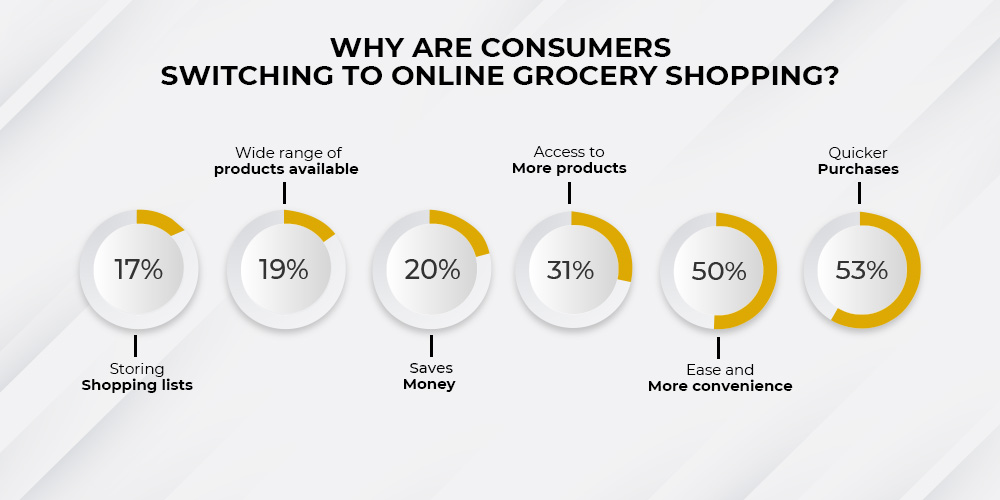
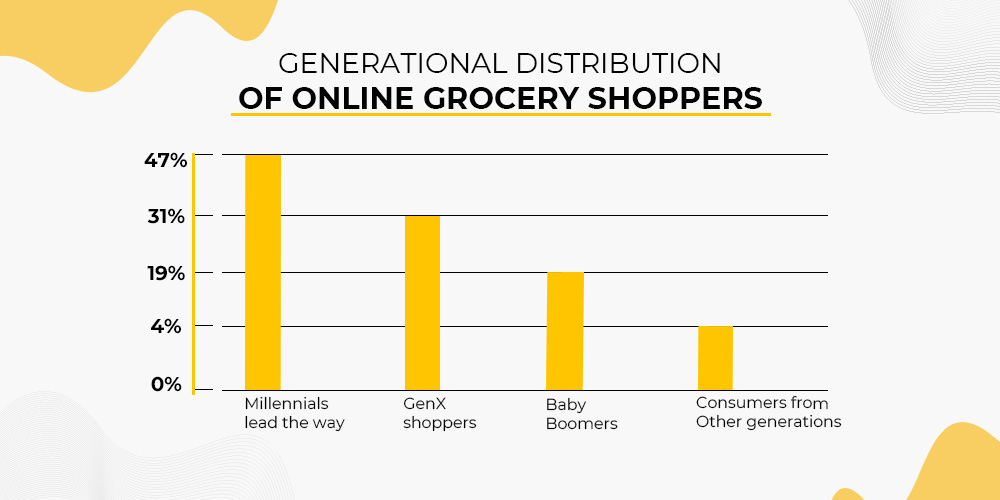
Americans spend over $750 billion on groceries a year. The figure suggests an excellent opportunity for grocery retailers planning to enter the online domain. Furthermore, the internet shall become the primary source of buying groceries for 147.4 million Americans by 2023. Grocery market share in the United States shall experience an increase of $35.6 billion by 2023.
Online grocery sales will increase by 149% by 2023. As the coronavirus outbreak drove consumers to purchase online, Walmart Inc, America’s largest grocery retailer, witnessed a 74 percent increase in eCommerce sales in the first quarter. However, Amazon leads the way in online grocery shopping, with 62% of all consumers purchasing food and drinks through the platform.
Furthermore, 58% of male and 68% of female online shoppers use AmazonFresh, Amazon Pantry, and Amazon Prime Now as primary channels. Amazon is also popular across all age groups. Almost 68%, 64%, and 51% of consumers aged between 18-34, 35-54, and over 55 use the platform to buy food and beverages.
*If not mentioned otherwise, all data has been taken from the same source.
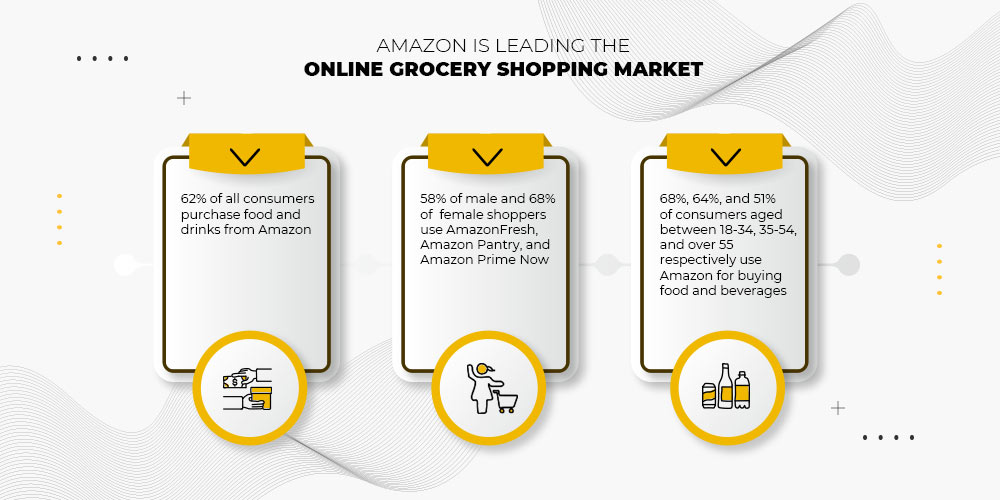
Furthermore, online grocery shoppers in the US went up from 43 million to 45.6 million, according to survey data from online grocery consultant Brick Meets Click (BMC) and grocery ecommerce platform Mercatus USA Inc.
Once the pandemic set in 2020 worldwide, the online grocery marketplace saw a substantial increase in people buying food and other essentials online. According to Kantar Group, the ecommerce share of the grocery market was cumulatively 12.4% across China, France, Spain, and the United Kingdom, by the end of 2020. Moreover, China also has the largest sales value for online groceries anywhere globally at $178 billion.
During the lockdown, 28 percent of Europeans living in urban areas used online shopping as the main channel for buying groceries. It’s an increase of 10 percent compared to before the pandemic. Furthermore, 80% of Europeans who purchased groceries online will continue purchasing groceries online during the pandemic.
“COVID-19 has not only accelerated the conversion of new online shoppers, but it has convinced a large majority to continue to purchase online,” says Stéphane Roger, global shopper and retail director at Kantar Group.
Let’s deep dive into the top 10 marketing strategies for a successful online grocery marketplace in the section below.
The online grocery marketplace has become a popular option for grocery retailers to expand their business online, gain new customers, and quickly adapt to changing trends. We have compiled a list of the most effective strategies for a successful online grocery marketplace and store.

Identifying and analyzing your target market makes the first step for all marketing strategies. Your marketing campaigns won’t get the desired results unless you understand your target audience. Gather information about your target audiences’ lifestyle, demographics, age, gender, location, interests, etc. It can help you understand which segment needs the most attention and which segment can be shifted back on the shelves for a while. Identifying your target audience will help you create a strong brand message with effective communication channels.
Some of the most popular and effective SEO marketing strategies include industry-specific keyword research, interactive user interface, faster-loading web pages, well-optimized content, and site optimization via on-page SEO. Moreover, other SEO strategies you should invest in include regular site audits, building quality backlinks via off-page SEO activities, and more. You can also set up a blog for promoting your online grocery store with keyword-specific content implementation. A content marketing strategy for grocery stores focusing on developing a competitive marketing plan should help. Furthermore, make your online grocery marketplace site responsive and optimized for mobile users.
The more information you share, the more you empower your customers to make better, informed decisions. The pandemic has left consumers toggling between different brands to get what they need during a crisis. Sharing substantial and credible information with your customers to ease their purchase process can go a long way when they have to make brand swaps. As the owner of an online grocery marketplace, you can share the following information with your customers:
Similar to other marketplaces, it’s equally important for an online grocery marketplace to create an online shopping experience and presence that speaks of simplicity, flexibility, and convenience. The user experience provided by an eCommerce business is equally important as its products and services, believes 79% of consumers. For instance, allow your customers to collectively select and purchase all ingredients for the recipe you shared on your blog. Furthermore, you can also allow your customers to save their purchases as a grocery list. It will also enable them to use it again next time instead of selecting all items from scratch.
An easy-to-use interface and flexible online grocery shopping experience can help your grocery business stay ahead of the competition and meet customers’ demands. With the unknown looming since the pandemic, an online grocery marketplace must plan to scale quickly and strategically. Providing an omnichannel experience for online grocery shoppers has become imperative more than ever before.
Brand positioning, an aspect of brand building, is essential for all businesses to stand out, gain new customers, retain existing customers, and more. Eventually, brand positioning can help your online grocery marketplace scale up and establish a brand presence and reputation. Furthermore, other aspects of brand building include brand evaluation, brand personalization, and brand promotion. Here are some steps you can take to position your online grocery marketplace in the grocery eCommerce space:
It’s not just online marketing that has changed. Offline marketing has also taken a turn since the start of the pandemic. Most retail grocery businesses don’t include offline marketing in their marketing strategies for the online grocery marketplace. However, including both channels for marketing or going multichannel can help your grocery business gain customers from places you didn’t think possible. Here are some tips for implementing offline marketing strategies in promoting your online grocery marketplace:
Most people spend most of their time on the internet, surfing through different social media platforms. You should capitalize on the opportunity by positioning your brand where your customers are. If your grocery business is not social, your online grocery marketplace lag behind the times. Some ways to attract customers to your eCommerce grocery business include the following:
Furthermore, there are some points you should consider before you execute your social media strategy for grocery stores or marketplaces.
If the pandemic has presented businesses with challenges to sustain and scale, it has also enabled businesses to experiment and adopt new marketing approaches. Grocery retailers are at a stage where they can test unproven concepts and strategies. Furthermore, they can switch between different approaches easily and quickly. Customers and businesses alike are getting the hang of these unprecedented times. If customers have become more demanding, they have also become more accepting of the current situation.
“Consumers right now as a whole recognize that this is unprecedented, and they’re being pretty patient with everything not working perfectly with their e-commerce grocery order,” says Joel Rampoldt. He is the managing director of AlixPartners, which helps grocery store operators navigate change and risks.
Furthermore, the greatest risk for grocery retailers does not lie in experimenting with new approaches. It lies in not adjusting to changing customer demands, behaviors, and trends.
An online grocery marketplace is shifting from the traditional grocery retail business model. You will have to adopt an ecosystem approach to meet the requirements of your buyers, sellers, partners, and business. Furthermore, you should treat your online grocery marketplace as an integration of the eCommerce grocery experience instead of taking a stand-alone approach.
Launching your online grocery marketplace as a separate business can introduce friction in the purchase process. Furthermore, you might have to develop an effective and successful marketing strategy for grocery stores and online grocery marketplaces from scratch. Successful online grocery marketplaces incorporate third-party services into the existing first-party eCommerce shopping experience. When you equip your grocery marketplace with third-party extensions, you offer a value proposition to your already-loyal customers.
Lastly, there are other marketing aspects online grocery businesses can hit on, including understanding what drives their grocery shoppers, adding value through the online shopping experience, and more. Furthermore, you should holistically consider channels, measure and adjust with time, and establish credibility with your customers.
Here are the most common revenue channels for your online grocery marketplace:

The definitive answer is yes. The above trends and statistics suggest that grocery shopping will significantly turn from traditional grocery shopping. The pandemic proved there’s nothing you can’t buy online. Grocery shopping is no exception. The faster grocery retailers adapt to changing times and trends, the more scalable their businesses get. It’s safe to say that the pandemic has shown a golden opportunity to grocery retailers who quickly transformed the way they carried out their business.
You can also take advantage of changing consumer behavior and the ongoing pandemic. The online grocery marketplace solution from CedCommerce can empower your local grocery business to flourish and scale-up. We can help your grocery business go online in just a couple of days. You can also take advantage of our Food delivery app development services to take your ecommerce to the next level and effectively manage your online grocery marketplace with premium and advanced features.
Want to discuss your prospects?

About the Client Shop Name: CrystalHealStore Marketplace: Etsy Focus: Bohemian & Ayurvedic-Inspired Fashion Location: Global
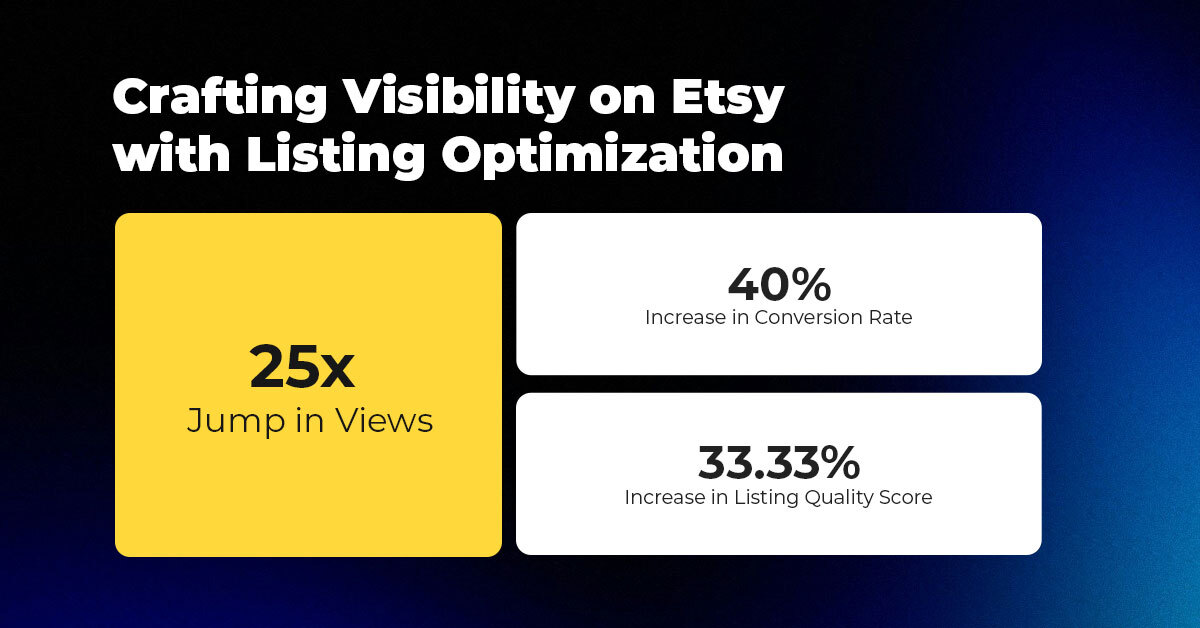
About the Client Shop Name: PinwheelCraftsStore Marketplace: Etsy Focus: DIY Craft Kits for Kids Location:

It just took one Black Friday crash for Gymshark to realize their growth had outpaced
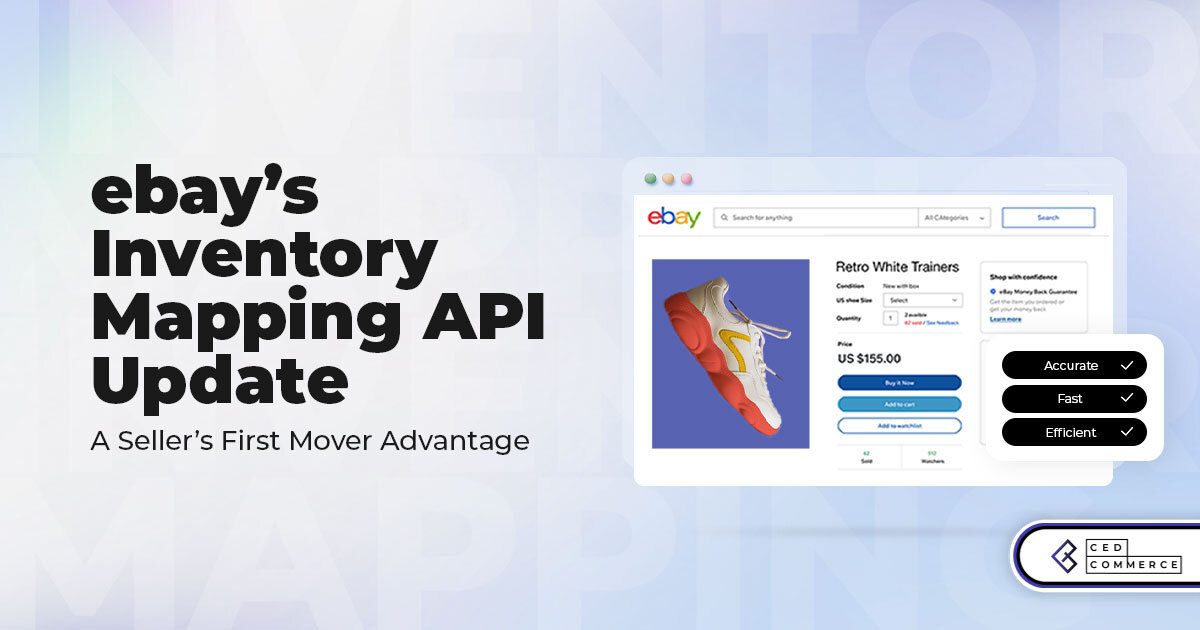
It takes on average 5 to 10 minutes to list a single product on the
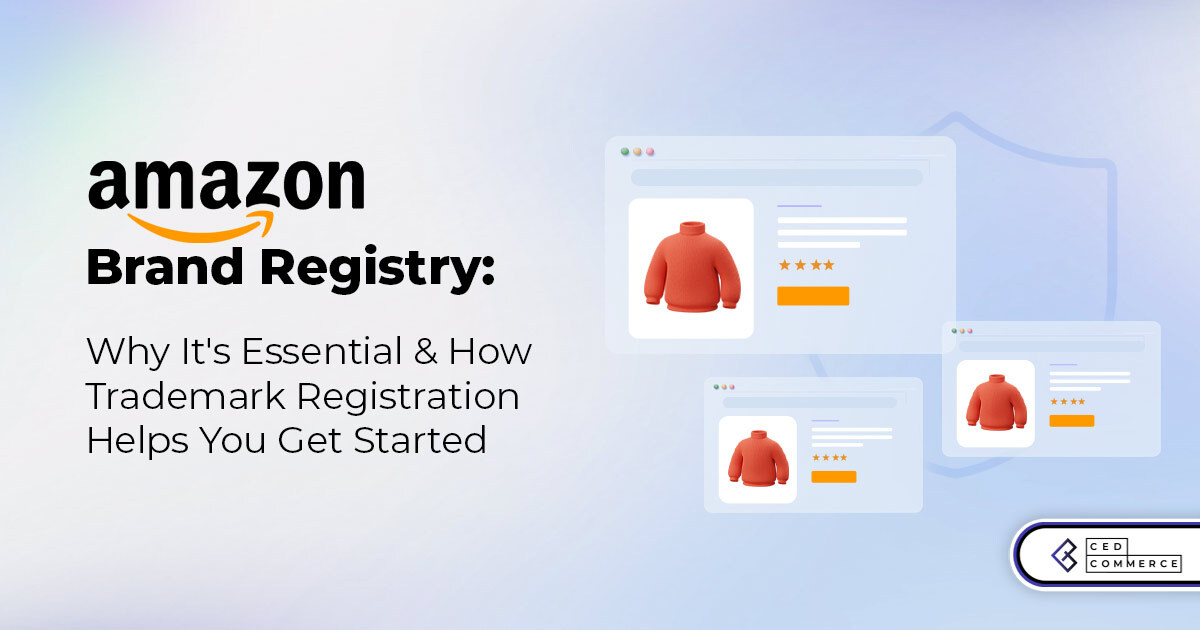
With millions of sellers on Amazon, protecting your brand has never been more important. Counterfeit

TikTok isn’t just setting trends anymore — it’s rewriting the playbook for performance marketing, creative
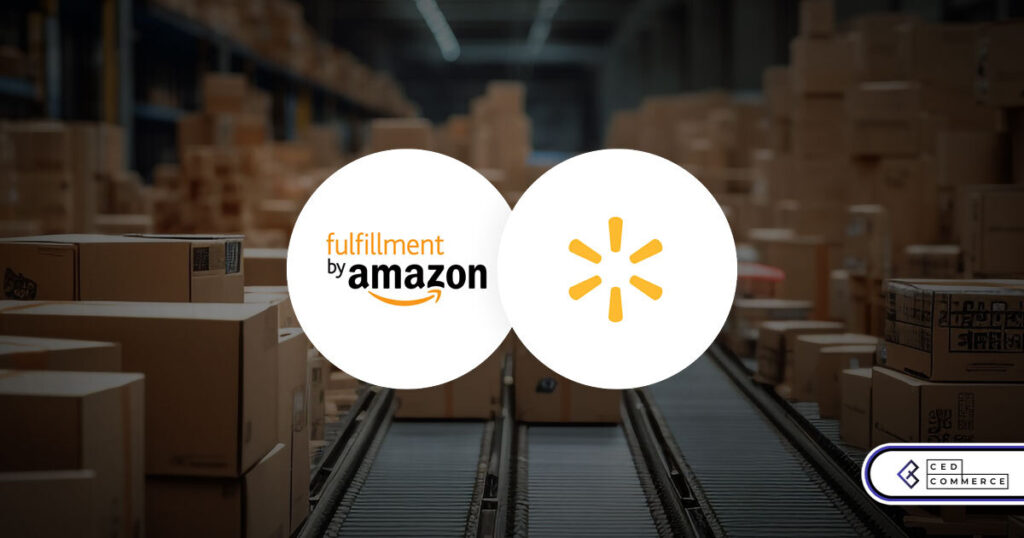
In a significant development for online retailers, Walmart has officially updated its policies to permit
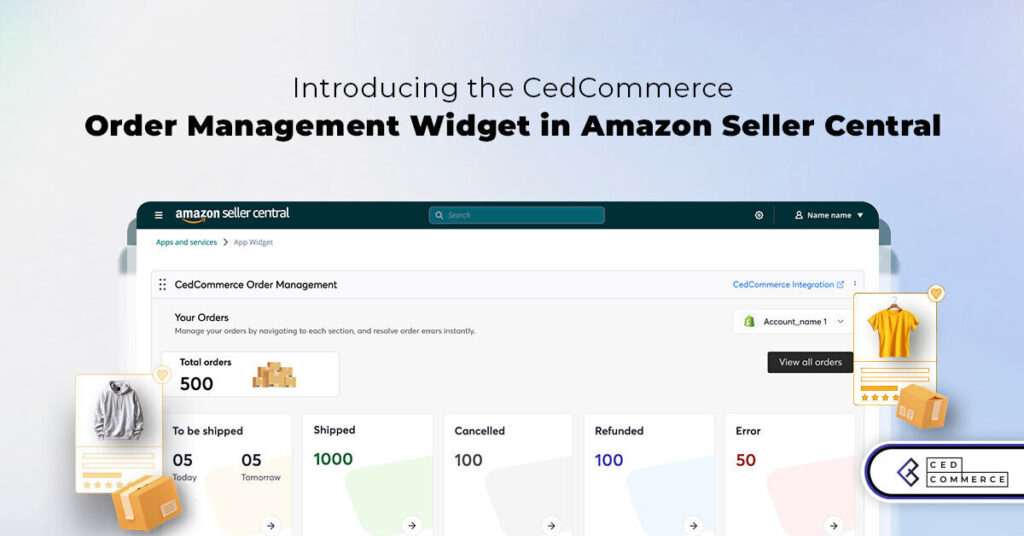
Are you encountering issues with Amazon order management across various sales channels? If so, everyday

A Deep Dive into Selling Smart on TikTok Shop UK, TikTok Shop US, and TikTok

In a world where cross-border commerce fuels eCommerce growth, tariffs are no longer just policy
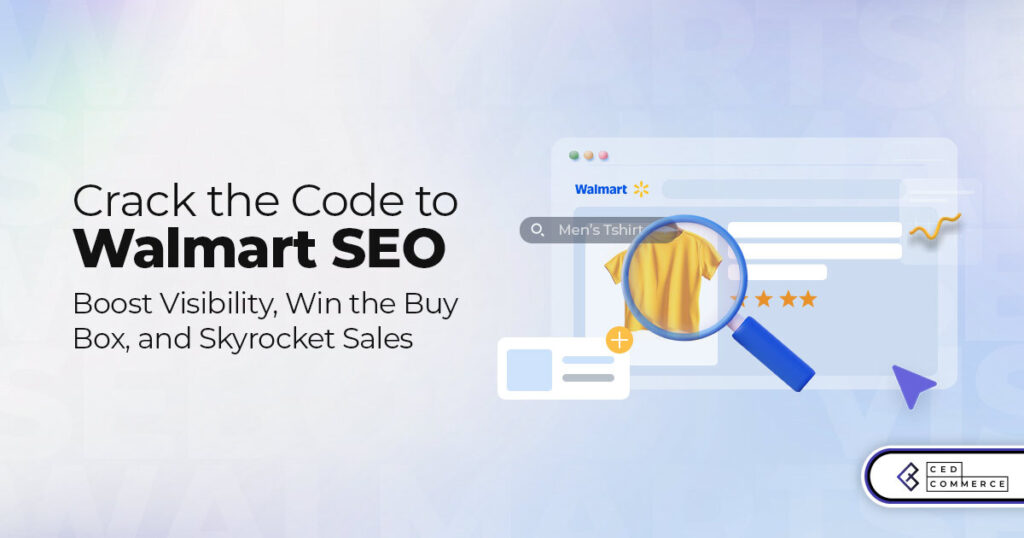
In the world of eCommerce, visibility is everything—and Walmart Marketplace is no exception. With thousands

In what comes as a major relief for TikTok and its millions of users in

In a move aimed at enhancing product quality and boosting buyer confidence, TikTok Shop has

Selling on Amazon offers immense opportunities, but one of the most crucial decisions sellers face

Amazon is doubling down on AI-driven selling tools, introducing a new AI-generated product enrichment pilot
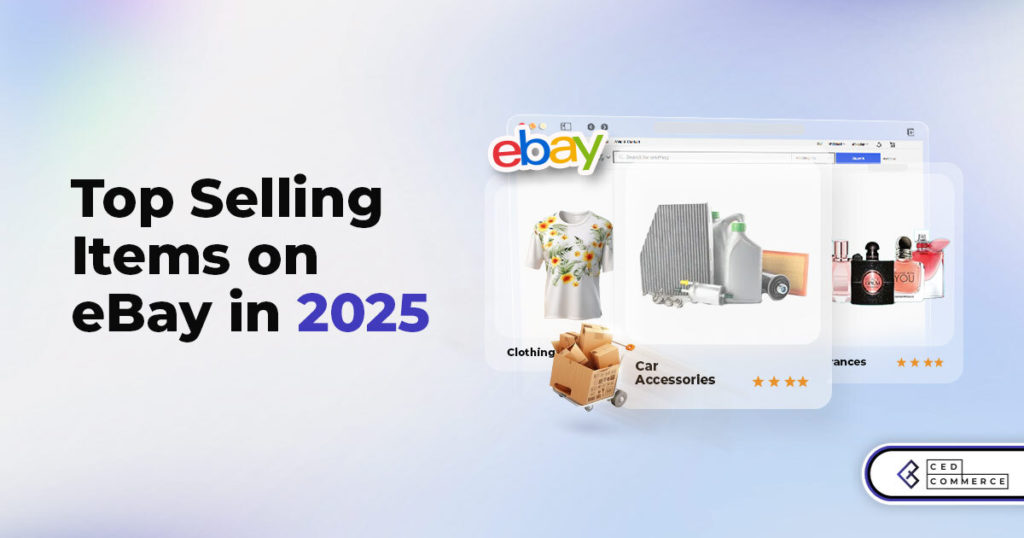
With over 17.6 million sellers on eBay marketplace, cracking the code behind the top selling

Amazon is doubling down on artificial intelligence, introducing the AI-powered ‘Interests’ feature that automatically finds

U.S. President Donald Trump has hinted that a TikTok deal is on track before the
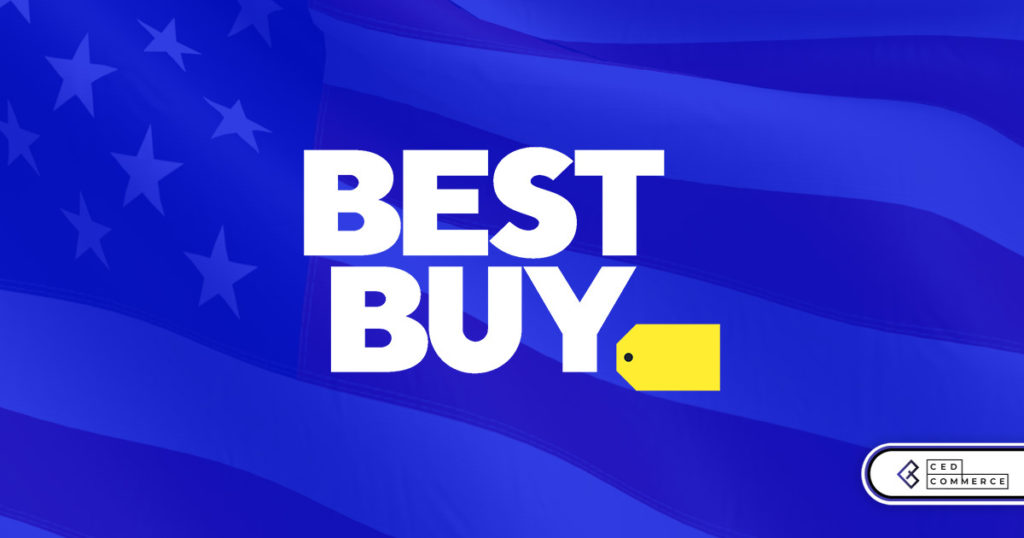
Nearly a decade after closing post its first attempt, Best Buy is returning to the

PrestaShop has long been a leading name in European eCommerce. With its flexibility, user-friendly interface,